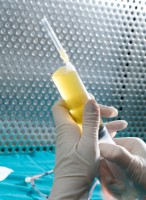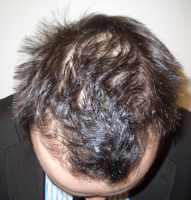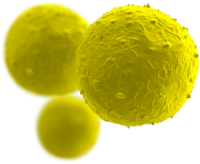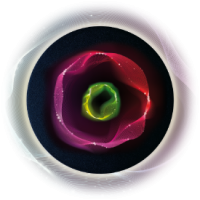The tragic case of Kira Grünberger, an Austrian athlete who got paralyzed after an accident, went through all media. With much courage and optimism she copes with her fate. Recently I met her at the Women of the Year Awards 2015 gala where she received the well-deserved award from Uschi Fellner-Pöttler. I used the opportunity to tell Kira and her boyfriend about an encouraging speech at a stem cell congress I visited in summer 2015 in Cleveland (USA):
After several highly dosed autologous stem cell injections a paralyzed patient was able to walk on crutches again. That was what was told at the congress which was attended by world’s leading physicians and scientists to exchange about the therapeutic benefit of stem cells. In the patient treated an immense regeneration of nerve conduction was shown as a result of the treatment. Indeed it is not yet spoken about a complete cure, however, about a significant alleviation of paralysis symptoms.
It is important to emphasize that very high amounts of stem cell have to be injected over a longer period in numerous injection series before this dramatic improvement was suddenly noticeable.
More than 2 million people are affected by paraplegia worldwide. Paralysis of legs and arms as well as organs occurs as a result. Injuries caused by sport or accidents are frequent causes. The number of new cases increases steadily worldwide, especially due to sport accidents. Damages of the spine are leading to failure of supplying nerves and therewith to absence of muscular activity.
For patients with paralysis it is particularly important to regain flexibility and mobility and thereby enhance quality of life. Stem cells out extracted from autologous fat can apparently contribute to healing of the underlying damage and to reduce symptoms.
For several years successful therapies with stem cells from the patients’ autologous fat are carried out in my clinic. Mesenchymal stem cells extracted from autologous fat are able to regenerate through different mechanisms. Other nervous conditions such as ALS or consequences of diabetes were already treated successfully with stem cells, as well as diseases of joints and cardiovascular problems.
Autologous stem cells needed for the stem cell therapy are normally extracted from of a small amount of the patient’s body fat, which is obtained gently by the means of liposuction with microcannulas. From this fat stem cells are isolated in a complex and elaborate process. Immediately afterwards stem cells are injected either locally in areas concerned or organs, or supplied to the body by the means of infusion. The stem cell treatment is performed on an outpatient basis under gentle local anesthesia.
Although we could basically perform such a stem cell treatment like it was reported in Cleveland on Kira in my clinic in Vienna, I unfortunately had to give her the advice to look for help abroad. Due to prohibitive EU laws which are in force since 2013 we are not allowed to use autologous stem cells expanded in a laboratory, which would be needed for such treatments. From the authority it is argued with “insufficient study situation” and “patient safety”. Despite impressive academic success patients concerned have to travel abroad to gain access to therapies with their own (!) cells.
Of course this is a hurdle difficult to surmount for people concerned and reduced in mobility like Kira to look for cure. However, I feel confident that the pressure from patients and physicians for EU authorities will increase with every further successful study and finally lead to the situation that treatments with autologous stem cells are even allowed when the patient’s own cells are reproduced (= “expanded”) in the laboratory.
Remarkable: The doctors who reported this and other successful studies at the MSC Cleveland have long agreed that the therapy with expanded autologous stem cells is safe.
All the European health authorities, especially Swissmedic and EMA, are thus invoked to give preference to patient interests compared to financial interests of pharma investors! In the end it is nothing less than the right to your own body and that your autologous stem cells can be used for improvement and perhaps even healing of many previously incurable diseases and consequential injuries.
DDr. Heinrich, MD



